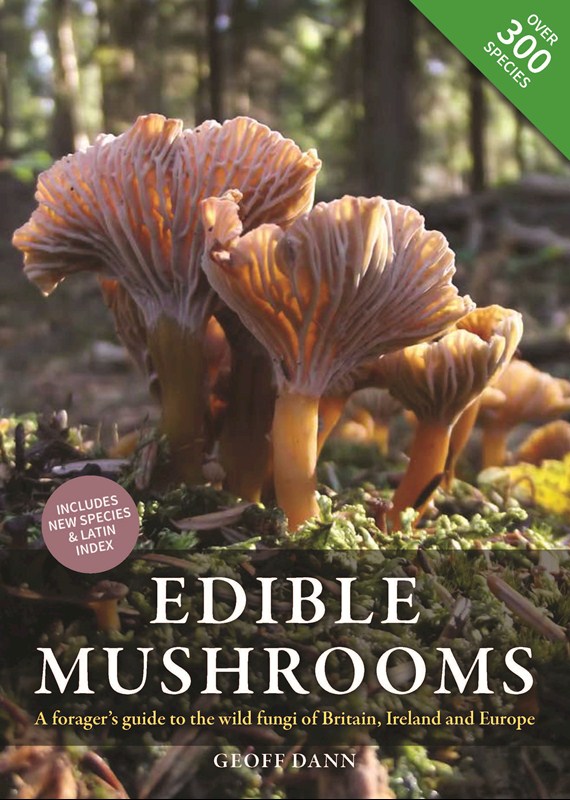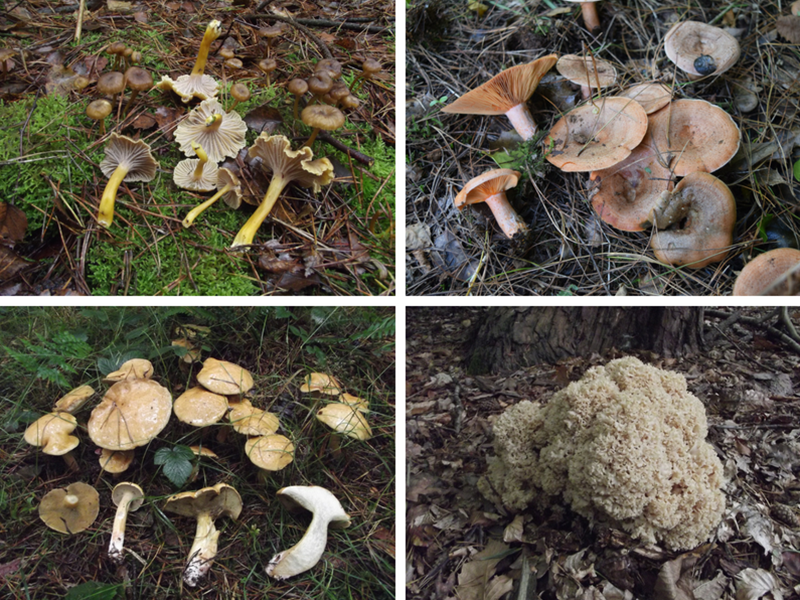Geoff Dann is a leading authority on the edible wild fungi of Northern Europe, and author of the most comprehensive book on that subject ever published. A local to the area, we asked Geoff what edible species to keep an eye out for when foraging in Kent and Sussex.
Want to know where to look? We spoke to Geoff about why that’s not as easy as you might think
Winter Chanterelles (Craterellus tubaeformis)
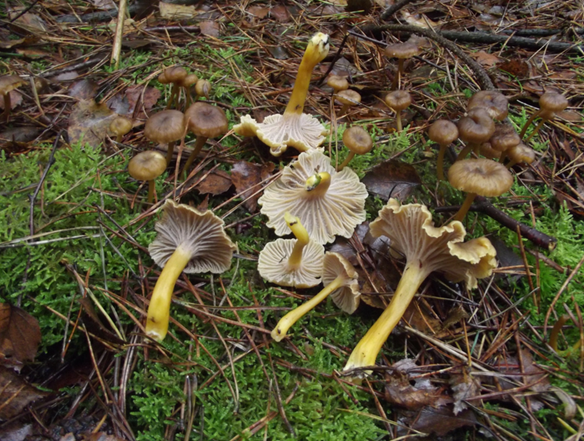
Winter Chanterelles can sometimes be found in vast quantities. They fruit from mid-autumn until early winter, and they particularly like old plantations with plenty of debris on the forest floor, and also areas with bracken growing. They are not easily confused with anything poisonous, and can be recognised by their tubular stem and decurrent, yellow-grey false gills (more like wrinkles than proper gills, and running down the stem). Versatile in the kitchen, they go particularly well in an omelette or bolognese sauce.
Cauliflower Fungus (Sparassis crispa)
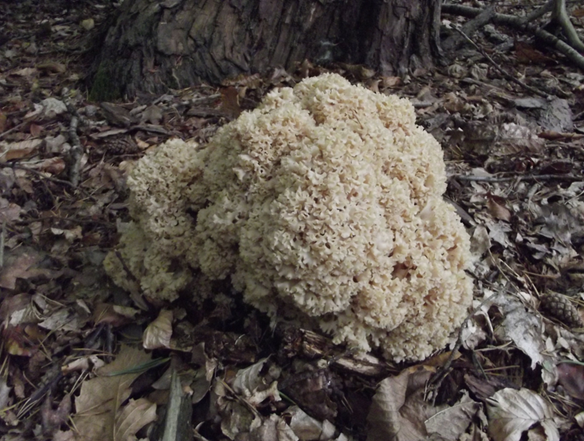
Cauliflower Fungus is absolutely unmistakable – looking something like a large light brown brain, always at or very near the base of pine trees, in autumn. It does require careful cleaning, since every sort of invertebrate in the forest likes to live in it. This is best done by breaking it up in a bowl of water and fishing out cleaned bits. You must then allow it to dry before cooking. It can just be fried until crispy, or you can make ‘cauliflower fungus cheese’ out of it!
Jersey Cow Bolete (Suillus bovinus)
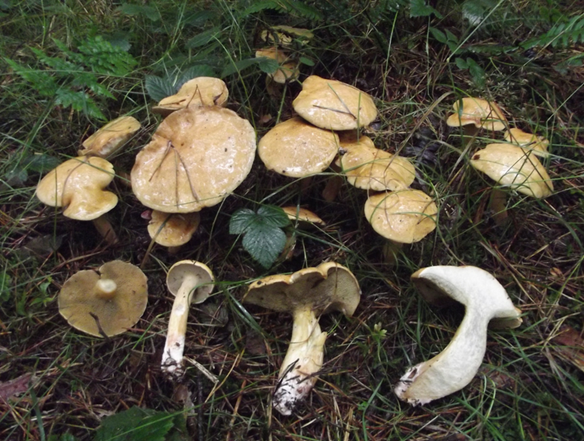
Jersey Cow Bolete is just one of a large genus of boletes (mushrooms with tubes under the cap rather than gills), all of which grow with conifers. This one is particularly common in Kent, and can be recognised by its pale (jersey cow coloured) cap. It fruits in the late autumn, and has no poisonous lookalikes. They are often dried and then used to flavour soups and stews.
Saffron Milkcap (Lactarius deliciosus)
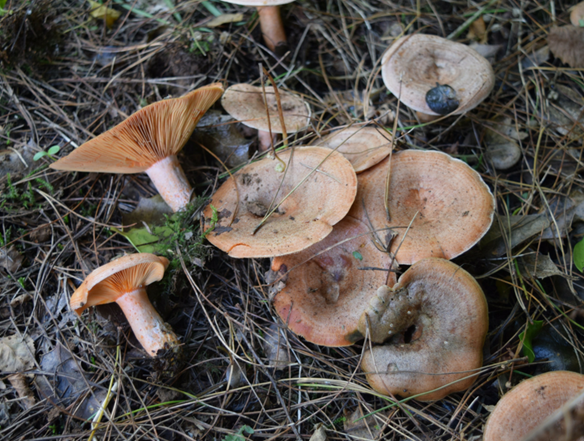
Saffron Milkcap is a personal favourite (the Latin name doesn’t lie). Always found with pines, it has a characteristic colour scheme of rich orange and grey-green. If you break the gills, they will produce a reddish ‘milk’. This species can be found from late summer to mid-autumn. They are perfect just fried in a little butter and seasoned, and go particularly well with white fish.
A local to the area, we also asked Geoff where he goes to find the best forage in West Kent, and the answer’s not as simple as you might think
Geoff’s seminal text ‘Edible Mushrooms’ (Green Books) has been updated for 2018, and launches this June. Keep an eye out for the hardback version in your local bookshop.
